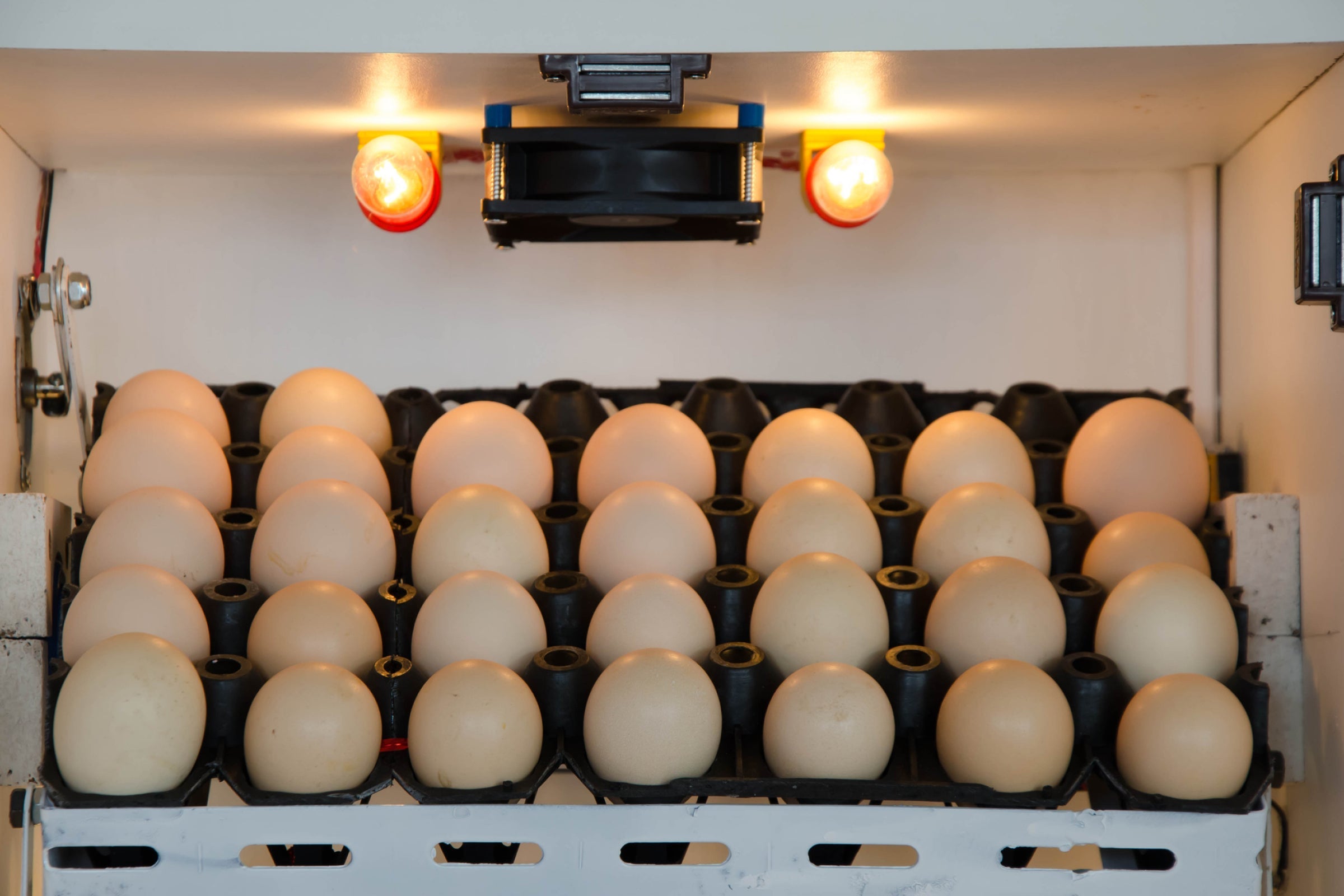
First-of-its-kind Agricultural Study Finds In Ovo Feeding of Nicotinamide Riboside Affects Poultry Broiler Pectoralis Major Muscle Development
A study published in Translational Animal Science finds that in ovo nicotinamide riboside (NR) injections increased chick pectoralis major (PM) muscle weight, length, width, and depth – a result which could have a big impact on the poultry industry.
Nurturing Growth and Development
Prenatal, as well as perinatal development, are periods of time that are the most critical for a young chick’s development [1]. To maximize yield in poultry production, observation and regulation of chicks must begin when they are malleable and environmental factors around them can be controlled [1].
One of the various methods used to alter the environment in which chick embryos develop is through in ovo feeding. In ovo feeding, a method patented over fifteen years ago [2], is a technique of delivering biologics, nutrients, or supplements into an incubating egg [1]. This technique can also be used as a method to provide an optimal environment for growth and development by supplementing additional nutrients that an egg may be lacking.
As the growing demand for poultry meat grows [2], research on this technique has increased and thus, the quest for identifying natural compounds that can positively impact the growth and quality of meat is underway.
Zeroing in On the Optimal Method
Study authors hypothesized that in ovo feeding of NR to the developing broiler embryo would increase PM muscle mass. To assess this, 156 fertilized broiler eggs were randomly assigned to either a control group which received saline injections, or an NR group, receiving 250mM NR. Next, the eggs in each group were randomized by injection location, with treatments injected into either the yolk sac or albumen (egg white). Injection with NR or saline into the eggs occurred at 10 days gestation. Within 24 hours of hatching, the chicks were harvested, and the PM muscles were analyzed.
No Yolking About These Results
Results demonstrated the NR treatment group increased chicks’ PM weight (38%), length (22%), width (9%), and depth (11%). The effects of NR were significantly greater when injected into the yolk vs. the albumen. Additionally, chicks injected with NR in the yolk had more muscle fibers/fiber density (45%) than those injected with NR in the albumen, as well as saline.
This new area of previously unexplored NR research may have significant implications for the agricultural industry. In comparison to previous studies investigating various interventions on PM development and growth [3, 4], the NR treatment administered in this study had the greatest effect. More specifically, NR had the greatest increase in PM fiber density of known in ovo feeding studies. These advantages may be increased as the chicks grow post-hatch. The research team concluded that the effects of NR could potentially impact the poultry industry yields, product quality, and/or incidence of myopathies; however, more research is needed to confirm these propositions.